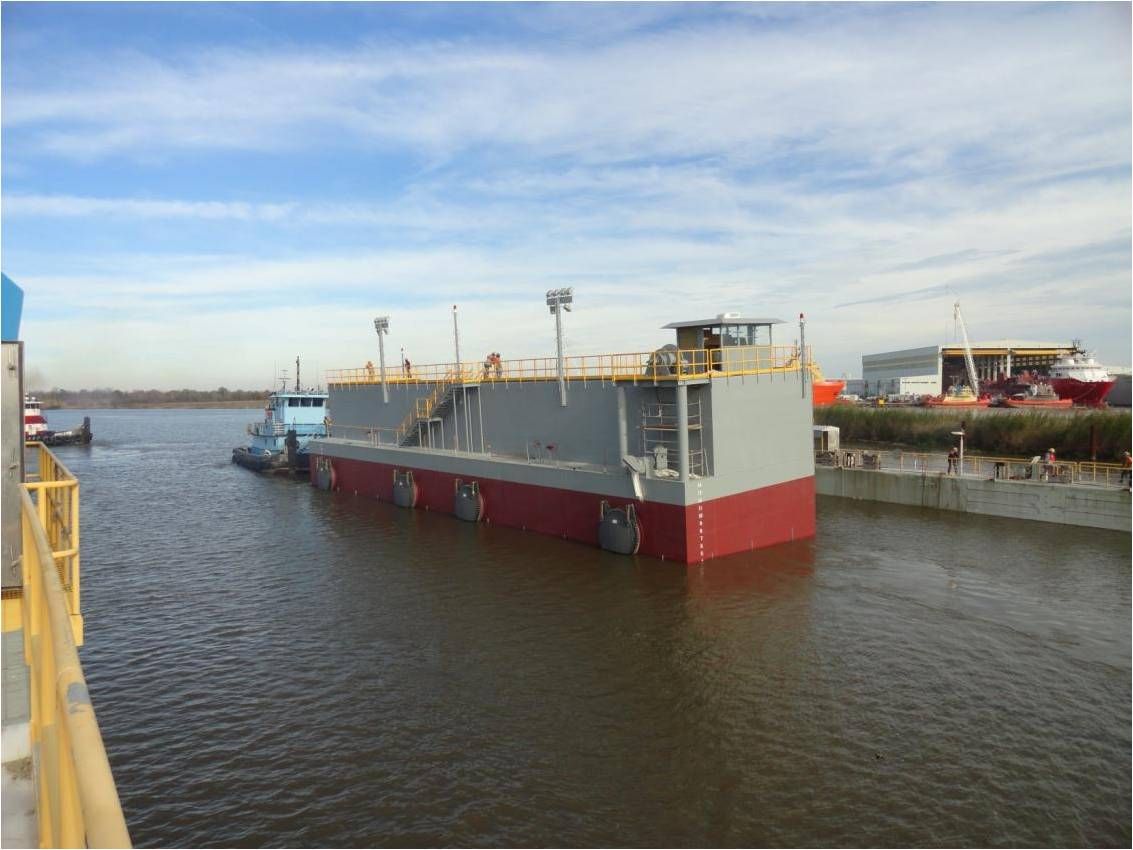
Protectors from the storm
June 10, 2015
Miss Piggy, Kermit preparing for future storms
June 10, 2015An annual study released Thursday found that many more single-family homes in the Houma-Thibodaux Metropolitan Area enjoy the protection from hurricane storm surge thanks to new construction of levees.
The study, conducted by CoreLogic, a global property analytics firm that crunches numbers for insurance companies, focused only on single-family homes, examining the reconstruction cost of those structures in coastal areas across the United States.
What it found was more than 6.6 million homes on the Atlantic and Gulf coasts are at risk of storm surge flooding with a total cost to rebuild of almost $1.5 trillion. Nearly 70,000 homes from the Houma-Thibodaux Region are among those homes, with a total rebuild price tag of $13 billion.
That’s not news, but what is news is that many homes that were at higher risk for hurricane storm surge flooding are now at much lower risk. This is because of continuing upgrades to the levees in Lafourche and Terrebonne parishes.
“Certainly, there are a significant number of homes that are at risk,” said Tom Jeffery, senior hazard risk scientist for CoreLogic. “So we see probably a larger number of homes that have been moved into what we consider to be risk zones for the really higher category storms. Fortunately, those are less frequent so we should not realize as much damage as frequently.”
And some homes that were found to be at a higher risk may really be at a lower risk because CoreLogic doesn’t know about specific levee upgrades, Jeffery said. The report is updated annually.
“It’s always good to look at the situation from a lot of different angles,” said Windell Curole, the manager of the South Lafourche Levee District, after looking at the study.
“We have a lot at risk, but we’re only at risk for the really strong storms because we’ve reduced the flooding of the weaker storms [thanks to improvements of] flood protection,” he said.
But Curole stressed that there are many nuances to the science of hydrology, which is the study of the movement of water, that can’t be determined by computer models alone. He described working with scientists in Illinois who didn’t know if the results they got were true or gibberish without first asking him.
Jeffery acknowledged that CoreLogic’s study ought to be looked at in conjunction with what the people who live in those areas know from their experience – residents know what areas are prone to flooding and aren’t.
“People that have lived in this area for a long, long time, they have a good feel for what the risk is,” Jeffery said. “They know what storms have happened in the past. They know what areas are inundated, whose homes were damaged in the neighborhood.”







